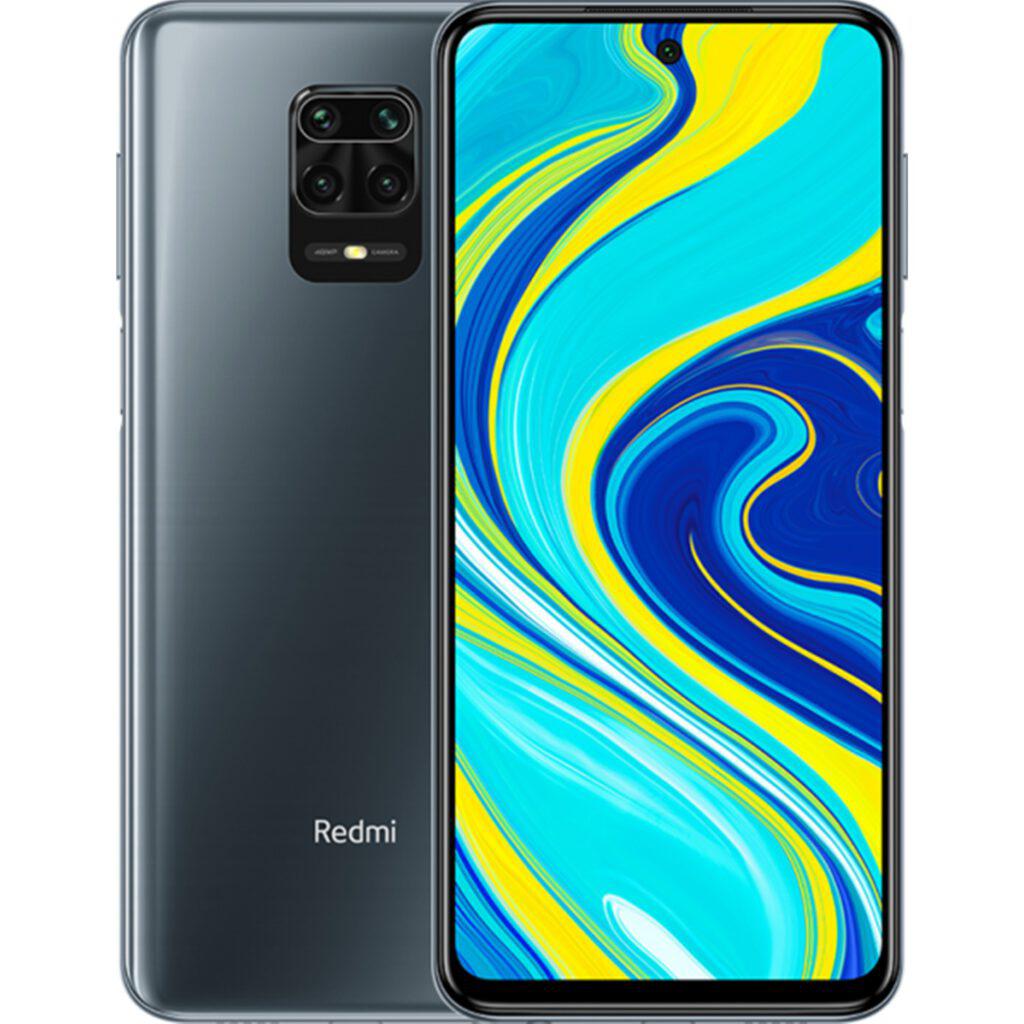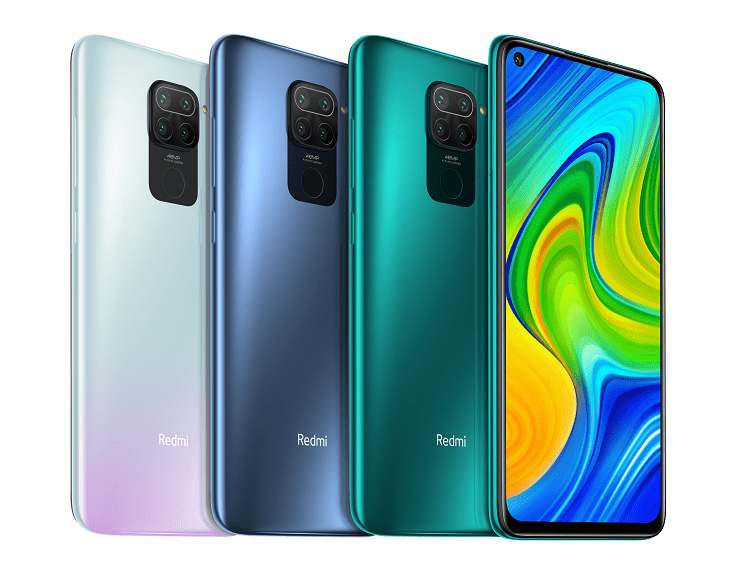
The new champion of cheap phones? Here is the detailed Xiaomi Redmi Note 9S review and what you need to know about before buying.
While Xiaomi’s Redmi Note series is one of the best budget-friendly phone families we have ever seen, it is important to have a model suitable for every budget with the options in this series and to offer a wide range to users. We have examined the Redmi Note 9 and Redmi Note 9 Pro models before from the Redmi Note models that came back to back this year. This time, we will take a closer look at the Redmi Note 9S.
It would not be wrong to say that the Redmi Note 9S is actually a combination of the camera block and the Redmi Note 9, in terms of features and design, the Redmi Note 9 Pro. Because the design lines are very similar to the Redmi Note 9 Pro, it has almost the same features of the Redmi Note 9 Pro with its weight and dimensions, as well as its in-case features and screen. The Redmi Note9S, in contrast, is based on the Redmi Note 9 with the rear camera block.
Among the competitors of Xiaomi Redmi Note 9S are models such as Huawei P40 Lite, Samsung Galaxy A71, realme 6, OPPO A91, TCL 10 Plus. We will also compare the performance differences between them later in our review. But first, let’s get to know the Xiaomi Redmi Note 9S by its design.
Design
Xiaomi Redmi Note 9S is a large-sized phone. Just like the Xiaomi Redmi Note 9 Pro, the phone, which weighs 209 grams and is 8.8 mm thick, can be interpreted as a little bulky with these dimensions. We see more gentle models in this segment. However, the Xiaomi Redmi Note 9S differs from those models with its back surface having glass material. On the other hand, let’s say that the back-glass surface is protected by Gorilla Glass 5 like the screen. However, its frame is designed in plastic structure.
Is Xiaomi Redmi Note 9S Water Resistant?
Xiaomi Redmi Note 9S is not water resistant with any IP certification, but designed with a waterproof coating. This makes the phone relatively resistant to water. Thus, it is aimed not to be damaged by water spills.
The protruding camera on the back of the Xiaomi Redmi Note 9S draws attention. Here, Xiaomi, which places a slight frame elevation around the camera area to prevent scratching the lenses, has also included a flash under the camera block.
Redmi Note 9S Fingerprint Sensor and Face Recognition
While there are volume buttons and power button on the right side of the phone, it is pleasing that this power button is also located in the form of a fingerprint sensor. This is more convenient than the sensor used under the screen or on the back surface. The phone also includes a face recognition feature. The fingerprint works fluently, but it’s not the fastest in face recognition class.
At the bottom of the phone, there is a 3.5 mm headphone jack, a USB-C port and a speaker loop. There is no stereo speaker on the phone. Although the speakers are clear, it must be said that it has low sound output. There are no headphones in the box but it is good to have a silicone cover in the box. There is also a protective film on the screen.
Screen Features
Big screens have been part of the Redmi Note series DNA since the beginning. However, just like the Samsung Galaxy Note series, it will be correct to say that the screens of other smart phone models have not left many signs, even if they set out with the difference of being with a large screen. Because it does not come with a stylus, or pen, which distinguishes it from other models. However, it is definitely one of the first series that those who like the big screen will look at.
The screen of the Redmi Note 9S consists of a 6.67-inch IPS LCD panel, just like the Xiaomi Redmi Note 9 Pro. The aspect ratio of the screen, which has a resolution of 1080×2400 pixels, is 20:9. Thanks to this, the screen, which provides a wide field of view, can reach 450 bit brightness level and it is pleasing with HDR10 support.
Of course, because it consists of an LCD panel, it does not offer as deep blacks and contrast levels as the AMOLED panel, but the screen looks quite saturated in terms of color. The phone, which uses the advantage of the IPS panel in viewing angles, also has a hole-shaped front camera on the screen.
What are the features of Xiaomi Redmi Note 9S?
The Xiaomi Redmi Note 9S has almost the same features as the Xiaomi Redmi Note 9 Pro in terms of technical features. The difference is limited to RAM. Xiaomi Redmi Note 9 Pro has 6 GB of RAM, while Xiaomi Redmi Note 9S has 4 GB of RAM.
The storage capacity of the Redmi Note 9S is 64 GB with the model we have, and it can also be preferred with 128 GB. On the phone with UFS 2.1 storage unit, you can increase this area via microSD card. By the way, let’s say that Xiaomi Redmi Note 9S also has dual SIM card support.
Redmi Note 9S runs Android 10 operating system and has MIUI 11 interface. In this way, the processor of the Redmi Note 9S, which is a current phone, is Snapdragon 720G. It is pleasing that the same processor has been chosen for the phone as the Pro model. Thus, this model offers a price advantage and raises the price/performance line.
While the Snapdragon 720G processor with 4 cores of 2.3 GHz and 4 cores with a frequency of 1.8 GHz is accompanied by the Adreno 618 GPU, the overall performance of the phone is also good for its class.

How is Xiaomi Redmi Note 9S Performance?
Striking a good balance between performance and battery life, this processor provides a good performance in daily use and is a suitable model for its class. On the other hand, we can say that those who want to play games with the Xiaomi Redmi Note 9S can also enjoy middle class games. When we played PUBG Mobile during the time we used as an example, we were able to get results around 40 fps.
So, how does Redmi Note 9S stand out with competitors in terms of performance? The Redmi Note 9S, which collects 569 points with a single core score and 1722 points with a multi-core result from the GeekBench Benchmark test we have applied, finds itself next to the Xiaomi Redmi Note 9 Pro on the list.
When we come to the AnTuTu Benchmark, we see that the Xiaomi Redmi Note 9S has collected 272 thousand 611 points from this test. Again, when we place it on the list with this result, the Xiaomi Redmi Note 9S, which we see that it produces the same result as the expensive Galaxy A71, thus offers a price/performance advantage. But when we look at realme 6 in the table, we see that it is in front of the Xiaomi Redmi Note 9S. Realme 6 also has a 90Hz screen refresh rate, which is another advantage.
How Much is Redmi Note 9S Battery Life?
The battery capacity of the Xiaomi Redmi Note 9S is 5020 mAh. Thus, the phone, which has a large capacity, provides long battery life. Long and reliable battery life has always been one of the key features of the Redmi Note series. Redmi Note 9S is one of the models that offer the best battery life among the smartphones we have seen recently.
Redmi Note 9S, which showed a very comfortable result over 10 hours with the screen on time, showed that it can continue with 30 percent charge at the end of the day as a result of active and intensive use. Let us also mention that you can finish the 2nd day very comfortably in light usage. However, when the battery capacity is large, the charging time also increases. The phone has an 18W charger in the box and when you charge the phone with it, it can take 2.5 hours to fill up to full capacity.
Xiaomi Redmi Note 9S Cameras
While the Xiaomi Redmi Note 9S is based on the Xiaomi Redmi Note 9 Pro in general terms, as we said, it looks out for the Xiaomi Redmi Note 9-like structure with its cameras. By the way, we say this because we have reviewed Redmi Note 9 and Note 9 Pro. Since the Xiaomi Redmi Note 9 and Xiaomi Redmi Note 9 Pro models were introduced later than the Xiaomi Redmi Note 9S, the Note 9S is actually the base model in terms of features. Anyway, let’s move on to the cameras.
You can also read our OPPO A91 review if you are looking for a better phone: https://www.techblimp.com/2020/09/19/oppo-a91-review/
The Redmi Note 9S is a smartphone with 5 cameras in total and offers an enjoyable experience for its class with its cameras. On the back surface, the 4-camera set located in the middle of the phone looks good, while the main camera here is a 48 MP Samsung ISOCELL Bright GM2 sensor, giving you high resolution in the photos you will take.
To take 48 MP photos with the phone, you need to select 48 MP from the interface. You can see that the photos are more detailed in the shots you will do this way. However, when you view the photo for the first time, it takes a little longer to process. We did not encounter any shutter lag.
The second camera on the phone comes with 8 MP and f /1.9 aperture. This ultra-wide angle 119-degree camera can take beautiful wide-angle photos. The phone, which also has macro and depth cameras, has 5 MP macro camera and 2 MP depth sensor. The phone, on which portrait photos with bokeh effects can be taken, also uses artificial intelligence.

No Comments!